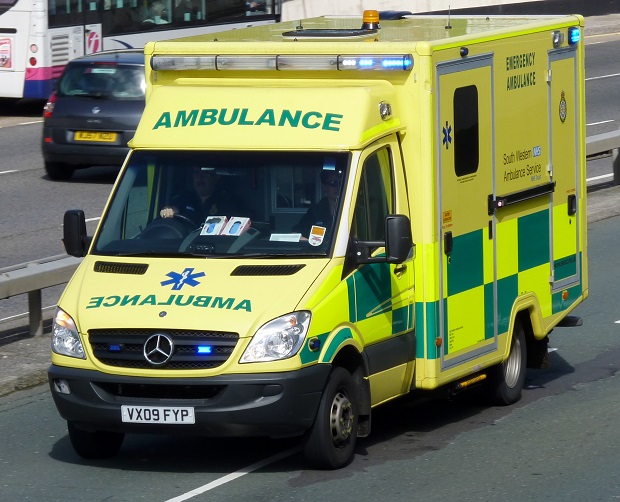The Institution of Engineering and Technology (IET) is calling for radical changes to the emergency ‘999’ call service to reflect the digital age, where more people are communicating by text or social media, rather than making a voice call.

A new report from IET, called ‘Contacting Emergency Services in the Digital Age’, sets out the case for our emergency services to keep pace with the increasing move away from landlines to smart phones, and from voice to data.
It argues that in a world where smartphones, text and social media are becoming the norm, creating a new cross-platform, data-based emergency service with a standard interface for consumers should be a priority. Such a move may not only save lives but also enable calls and messages to be better filtered in order to receive more appropriate and faster responses, probably at lower cost.
Launching the report at a meeting supported by the Cabinet Office, the IET is bringing together representatives from Government, the emergency services, BT, Ofcom and the mobile phone industry to agree how best to work together to bring the emergency service into the digital age.
Professor Will Stewart, Chair of the IET’s Communications Policy Panel, says: “Communications has changed drastically since the ‘999’ service was designed in 1937 – so there is a critical need to update the service. Ofcom figures show, for example, that 94% of communications from 12-15 year olds is text based. Given that young people are statistically more likely to be victims of crime or accidents, it is a concern that making a voice call to contact the emergency services is not something that would feel natural to them.
“A girl alone in a mini cab who becomes worried about her personal safety might feel unable to make a call on her mobile phone – but could send a text or alert someone over social media. And in the case of certain crimes, such as abduction or a break-in, a silent text or app-based alarm system would be more appropriate and instinctive than the current voice-based one for everybody – irrespective of their age.
“Much of the technology we need to update our emergency service is available today. But we need a shared, cross-party strategy to create a common and user-friendly interface for all service providers to connect to – and one that the general public will be happy to use. And it’s important we do this before different parties go off and do their own thing – confronting the public with too many options and no universal emergency service.”
Superintendent Mark Nottage, who works on the Emergency Services Mobile Communication Programme at the Home Office, agrees that ensuring increasingly data-based public services, including the Police Service, are in the best possible position to use advances in digital technology is a priority: “Many people, particularly young people, are using a range of social media applications to communicate, and many rarely make voice calls in their daily lives. This means that we need to adapt and be responsive to ensure that when people need to contact the emergency services or other public services they can quickly access the right information and the most appropriate service first time, and in the way that they choose and are familiar with.”
A data-based emergency service would allow people to text alerts via any appropriate app on a chosen easy-to-remember special number, such as 999 – and these alerts would then be passed to the human emergency operator. The main engineering challenge would be to set up priority routing of alerts to this special number in order to avoid delays at busy times. This needs to be arranged in consultation with the main mobile and app-based text providers.
There is also considerable opportunity to improve the existing emergency service with, for example, the latest GPS technology available on smart phones. An automatic software system could scan texts and pass on any known user information, approximate handset location and any recent issues with the handset, such as if it has been reported stolen.
It could also check whether the message contains any alert keywords such as ‘SOS’, or ‘release’ use of the camera or voice recording functions on the phone to the human operator, resulting in a much more accurate and rapid assessment of the level and nature of the threat involved.
Some apps for smartphones are exploring even more novel possibilities, such as peer-to-peer help systems for emergencies.
